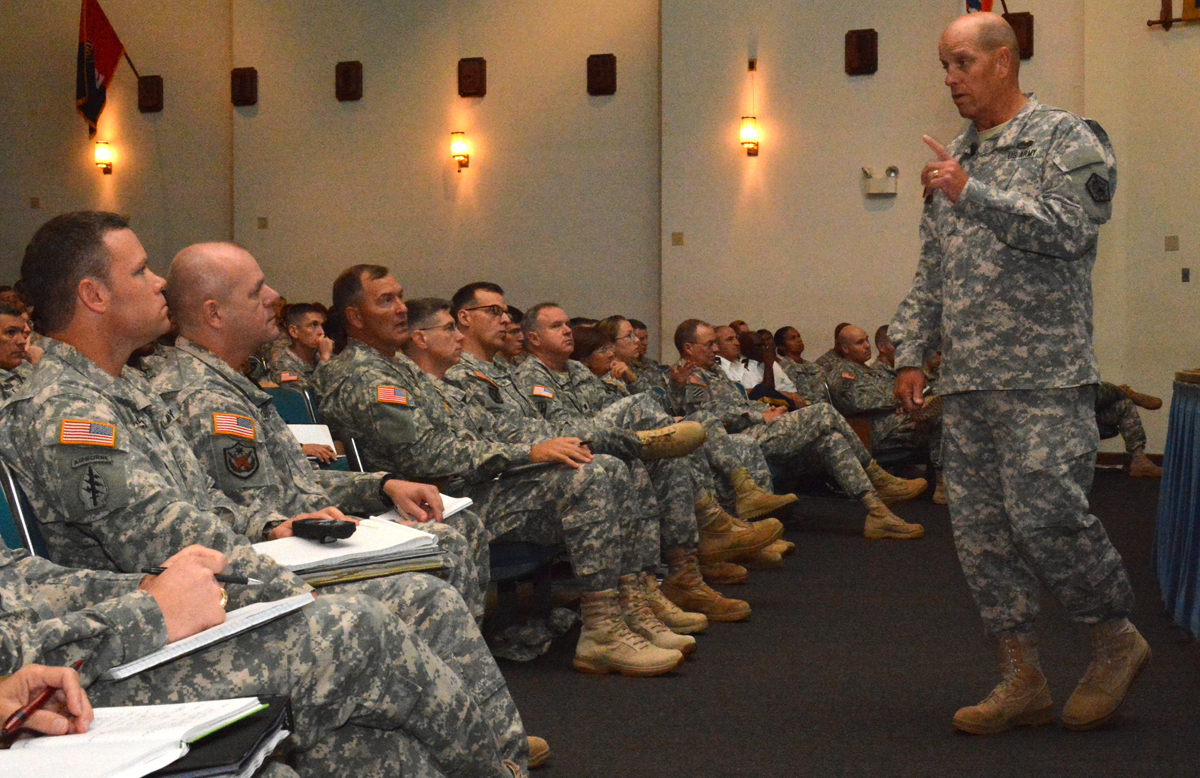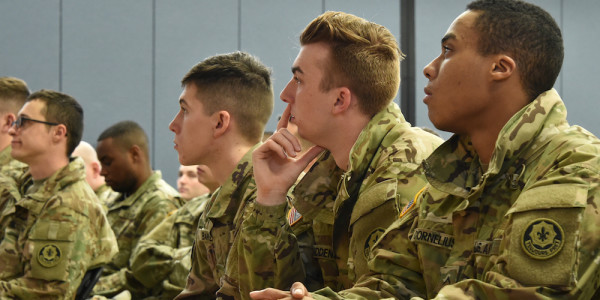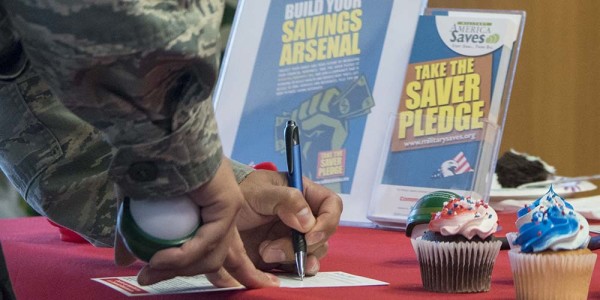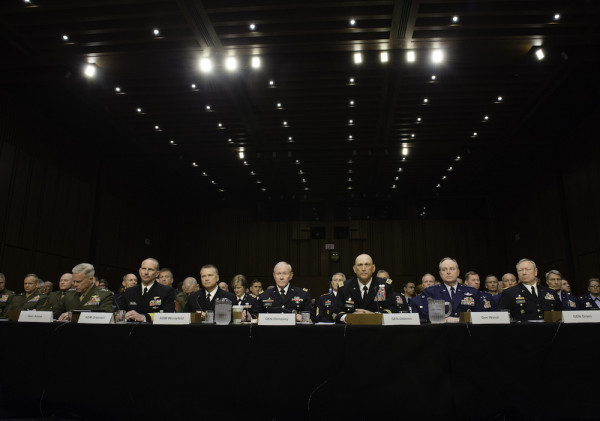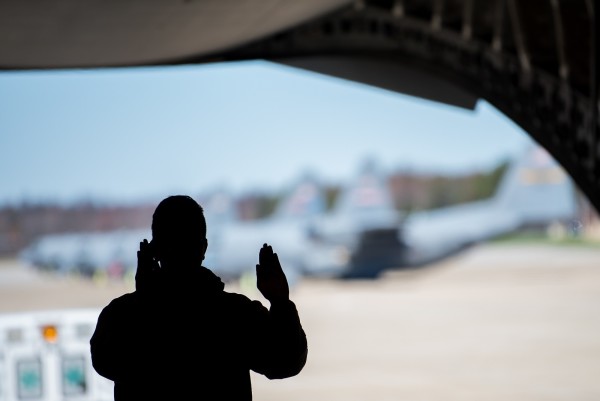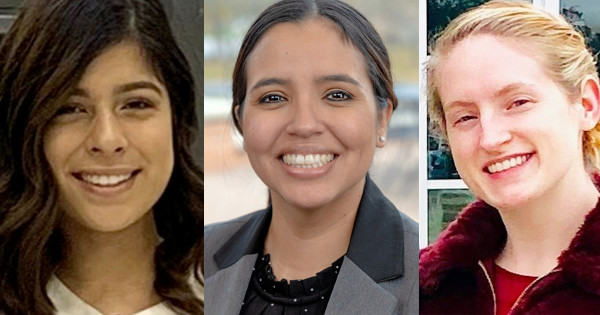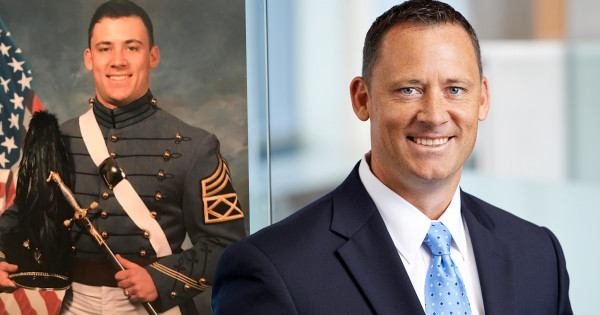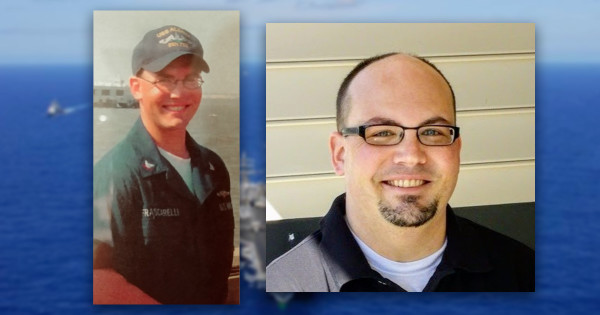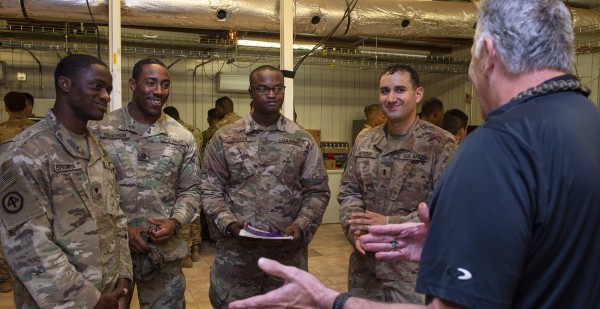At the 916th Air Refueling Wing, saving for retirement should be a priority for airmen of all ages.
As important as it is to start planning as early as possible, it is never too late to set financial goals to ensure enough income to live comfortably once the time for retirement comes.
“It’s never too soon to save for retirement so even young children can think about what they want to do in their future and save,” said Negron. “A teenager that’s working can contribute their earnings to a Roth Individual Retirement Account (IRA) and the compounding interest from the age of 16 to 62 would be amazing!”
When curating a retirement plan it is imperative service members choose the best savings or investing method for them.
The Thrift Savings Plan (TSP) is a retirement savings and investment plan for federal employees and military members. In the case of a civilian employer the TSP resembles a 401k. The retirement income received from the TSP depends on how much the service member and their agency contribute. There are two types of approaches offered by the TSP which are Roth and Traditional.
“With the Roth TSP, you would get taxed on the income then it would go into the account and with the Traditional TSP you’re not going to be taxed on that income but upon withdrawal you will have to pay taxes,” explained Negron.
When determining which TSP should be used, it is important to consider what tax bracket service members fall into. IRS.gov will help to determine what bracket that is.
According to Negron, the younger the service member, the easier it is to contribute to a Roth TSP solely because younger people usually have less tax liability. With lower income, there is not as much of a tax burden when contributing to a Roth TSP, allowing for more tax free income in retirement.
The current blended retirement system TSP offers a contribution match of up to 5% for a total of a 10% contribution.
“I always suggest that you contribute what your employer will match solely because you don’t want to leave money on the table, especially not other people’s money,” Negron advised.
According to TSP.gov, even if service members do not make a career out of the military, as long as there is at least $200 in the TSP upon leaving they are allowed to keep the account. Although members will no longer be able to contribute to the TSP, it will continue to compound interest.
“The only risk of the balance being at $200 is market fluctuation,” explained Negron. “If it drops below $200, TSP will issue a refund check and mail it to the member.”
Other options are to roll savings into another IRA or to withdraw from the TSP. If the member chooses to withdraw prior to retirement age, there will be penalties and taxes to be paid.
For the Reserve Citizen Airmen, something to be mindful of is the timeline to retirement for your employer as well as the Reserve. The National Authorization Act for 2008 reduced the retirement age for reserve component airmen to below the age of 60 but no earlier than 50 with qualifying service days. Service days that do and do not qualify can be found on www.arpc.afrc.af.mil as well as retired pay and benefit plan calculators.
For those who do plan to have a full career in the military, a retirement pay application should be submitted four months prior to either the reduced retirement pay age or 60th birthday according to the Air Reserve Personnel Center.
When it is time for retirement, it is important for service members to consider how money will be withdrawn from the TSP. Taking it all at once may not be the best decision.
“You can withdraw from your TSP as a monthly or annual annuity as opposed to withdrawing all your money at once,” explained Negron. “This way the amount remaining in the TSP will continue to compound interest and this is how we can leave wealth to future generations.”
If service members are starting to save at an older age, contributions and savings will have to be increased in order to meet the end goal on time. The same applies to how many years there are until retirement. The less time available, the higher the contribution will need to be.
According to Negron, when creating a retirement plan there are a few things to consider such as age, how many years until retirement, expected retirement lifestyle, and other possible sources of retirement income. Then there are basic needs like shelter, food, transportation, utilities and health care will need to be covered. Any other discretionary needs like travel and entertainment will also need to be taken into consideration as well as inflation.
“Do you want to live large, or do you want a more modest lifestyle?” asked Negron. “Determining those things earlier in life will help you focus on what your retirement goal should be.”
For some, saving for retirement can be stressful but it is best to face the situation head on to ensure comfortability in retirement. According to Negron, common mistakes or setbacks that are made when saving for retirement are not having a plan, putting off saving, investing too much of retirement in children, not understanding investment options, saving too little and not understanding the taxes.
“Something I ask is please do the math,” urged Negron. “TSP.gov has retirement calculators and compounding interest calculators to assist with that.”
According to DOL.gov, the average American spends roughly 20 years in retirement and only 40% of Americans have calculated how much they need to save for retirement.
It is important to know that loans cannot be taken out for retirement, according to Negron. This is why it is important to start as early as possible and stay focused on the set retirement goal.
“A lot of individuals want to pay for their children’s education and I caution them about that if it is going to mean sacrificing saving for their retirement,” warned Negron. “You can’t make up that time lost with the compounding interest”
It is necessary that airmen of all ages recognize the importance of saving for retirement and being proactive. Work and dedication that can be put in now, could result in peace of mind in the future.
For more information on saving for retirement, visit TSP.gov, saveandinvest.org, investor.gov and finred.usalearning.gov. Personal financial counselors and Airmen and Family Readiness workshops are also able to provide more knowledge
